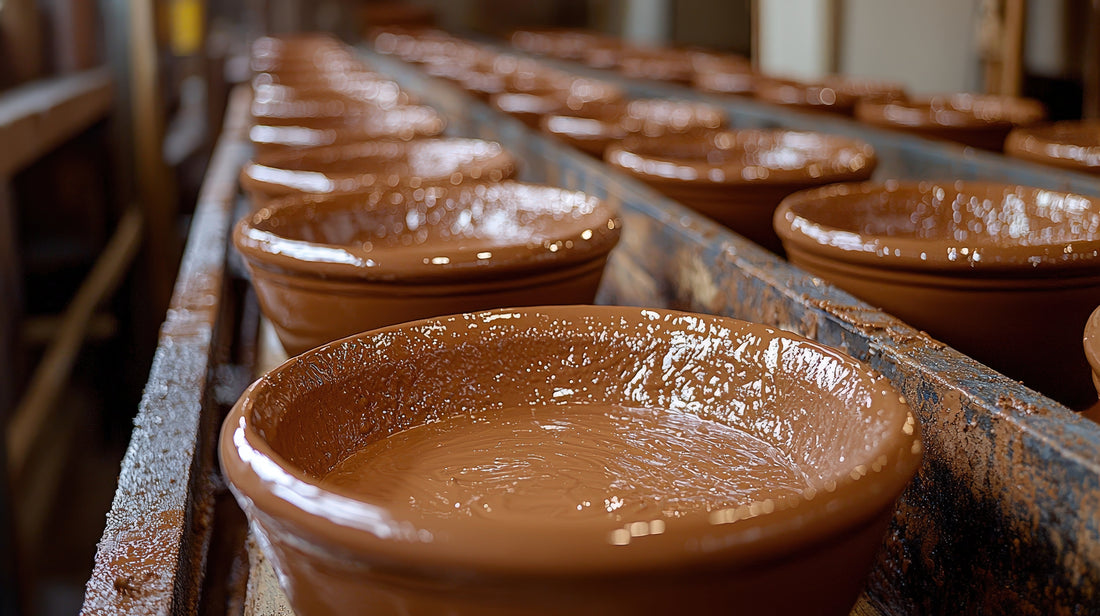
Urea's Multifaceted Role in Ceramic Processing: From Binder to Deflocculant
Share
The Unsung Hero in Ceramic Formulations
Ceramic manufacturing isn’t just about clay and kilns—it's about chemistry. One versatile chemical that plays multiple behind-the-scenes roles is urea. From enhancing particle suspension to improving green strength, urea helps ceramic manufacturers control quality, reduce waste, and boost efficiency.
How Urea Contributes to Ceramic Processing
Urea is a nitrogen-rich compound with a range of useful properties in ceramic production. Here’s what it brings to the table:
-
Binder Functionality: Urea can improve the cohesion of ceramic particles before firing, giving the formed body better mechanical integrity during handling.
-
Deflocculant Properties: In slurry formulations, urea helps disperse solid particles evenly, preventing clumping and ensuring smooth flow.
-
Moisture Retention: It helps maintain moisture balance during drying, reducing the risk of cracks or warping in the greenware stage.
Key Benefits
-
Improved Green Strength
Parts are less prone to chipping or deforming before firing. -
Better Process Control
More uniform slurries lead to consistent mold filling and casting. -
Enhanced Surface Quality
With proper dispersion, final products have smoother surfaces and better glaze compatibility.
Common Applications
-
Slip Casting: Urea improves flowability and suspension in casting slips.
-
Pressing and Extrusion: As a binder, it helps shape integrity before sintering.
-
Decorative Ceramics: Reduces defects in thin or intricate pieces where surface finish is key.
Why Moltrix?
At Moltrix, we offer high-purity urea optimized for ceramic applications. Our product ensures reliable dispersion and binding performance, helping manufacturers achieve superior results with fewer rejects and greater efficiency.
Smarter Chemistry for Smoother Ceramics
Urea might not be the most glamorous ingredient, but it’s a powerhouse of ceramic processing. With Moltrix urea, your ceramic production gains versatility, consistency, and performance—every step of the way.
Keep reading as we uncover more specialty chemicals shaping the ceramic and glass industries.
